Muridke, Pakistan – The roof of the building sagged dangerously, sunlight peeked through a hole, while the ground below was littered with debris, and the doors of the rooms had been blown in by the blast.
This was India’s message to Pakistan, the outcome of one of a series of missile strikes launched in the early hours of May 7 as retribution for the deadly attack on tourists in Pahalgam, Indian-administered Kashmir, on April 22, in which 26 people were killed. India blamed Pakistan for that attack, but Islamabad has denied any involvement.
The Indian strike on Muridke was a part of Operation Sindoor, the most expansive set of aerial attacks on Pakistan outside the four wars that the nuclear-armed neighbours have fought. And of all the sites targeted by India, it was particularly significant.
Muridke has long been believed to be home to the Lashkar-e-Taiba (LeT) armed group, which India and other countries have blamed for carrying out deadly attacks on Indian soil, including the November 2008 attacks in Mumbai.
But while Indian security officials and the country’s Foreign Secretary Vikram Misri insisted on Wednesday that they struck “terrorist infrastructure” and that Indian missiles only hit armed groups, Pakistan has said that 31 civilians, including at least two children, were killed.
In Muridke, hours after the missile strike, the low-hanging roof belonged to the administrative block of a large compound called the Government Health and Educational Complex. The compound houses a hospital, two schools, a hostel, and a large seminary, with more than 3,000 students studying at various institutions, including the seminary. The compound also included 80 residences, homes to approximately 300 people, most of whom are government employees.
On Wednesday, the administrative block was struck, as was a mosque separated by a large veranda. Three men, all between the ages of 20 and 30 and part of the clerical staff, died in the attack, and one person was injured.
A rescue official at the site told Al Jazeera he had arrived within half an hour of the attack. “I was the one who discovered the first body,” he said, pointing to a room inside the administration block.
![The roof of the administration block, where one of the bodies was found, was close to collapsing after the strike. [Abid Hussain/Al Jazeera]](https://i0.wp.com/www.aljazeera.com/wp-content/uploads/2025/05/PXL_20250507_120245948-1746709271.jpg?w=800&ssl=1)
‘We had already been preparing for this’
A small city of just more than 250,000 people, Muridke is four hours away from Islamabad, and located roughly 30km (18 miles) from Lahore, the provincial capital of Punjab, which borders India.
Tauseef Hasan, a government official, told Al Jazeera that Muridke was the first location struck by Indian missiles that night.
“It was just a few minutes after midnight when I heard two massive booms, within two minutes. We had already been preparing for this, and I knew exactly what had happened,” Hasan said in a matter-of-fact tone.
Across the veranda stood the mosque, Jamia Ummul Qurah, with a large prayer hall where part of the roof had collapsed. Two gaping holes in the ceiling marked the spots where missiles had struck.
Hasan and his colleague Usman Jalees said that after the Pahalgam attack two weeks earlier, Pakistani authorities had assessed the risk of an attack on Muridke, given the rhetoric against the town and compound, which India has long argued was the headquarters of the LeT.
“We had been informed that Muridke could be a target, and that is why we had instructed the staff and residents of the compound to vacate and leave the place,” Jalees told Al Jazeera, adding that those killed were part of the skeleton staff who had remained behind.
On one side of the veranda, a large table displayed pieces of the missile that had struck the buildings. The smell of explosives and residual heat still clung to the metal fragments.
While both Hasan and Jalees insisted that the seminary and educational institutions were fully under state control, the compound’s origins tell a more complex story.
![The main hall of the mosque which was also struck by missile. [Abid Hussain/Al Jazeera]](https://i0.wp.com/www.aljazeera.com/wp-content/uploads/2025/05/PXL_20250507_120537182-1746709366.jpg?w=800&ssl=1)
Education or militancy?
The compound was founded in 1988 by Hafiz Saeed, the founder of Jamaat-ud-Dawa (JuD), a charity organisation widely considered to be a front for the LeT. The compound’s seminary, Jamia Dawa Islami, was also named after the group.
India accuses Saeed and the LeT of orchestrating several attacks on its territory, most notably the 2008 Mumbai attacks that left more than 160 people dead over several days.
Abid Hussain, a 51-year-old religious scholar who lives on the compound, vehemently denied Indian claims that the area served as a “training facility” or “headquarters of any terrorist outfit.”
“This compound has always been an educational centre for children, both boys and girls. I have been teaching here myself, having lived here for the past three decades,” the short, stocky man with a forked beard told Al Jazeera.
The religious teacher went on to challenge accusations that the area was used for training fighters.
“If we have grounds and facilities to give opportunities to our students to learn swimming, or horse-riding, or physical training, how does this imply this is training the terrorists?” he asked.
The Pakistani government took over the facility from the JuD in 2019, at a time when the country was under international pressure to crack down on Saeed and the LeT or be placed on a “grey list” of countries deemed as not doing enough to stop financing for banned armed groups.
![Pieces of the missiles were also kept for display which smelt of explosives and radiated heat. [Abid Hussain/Al Jazeera]](https://i0.wp.com/www.aljazeera.com/wp-content/uploads/2025/05/PXL_20250507_121720146-1746709444.jpg?w=800&ssl=1)
‘Saeed was once a regular’
Behind the mosque is a street where two houses had been completely destroyed. Solar panels and broken bricks were strewn everywhere.
Recalling the night of the attack, a resident, Ali Zafar, pointed to his residence behind one of the demolished buildings. He said the blast could be heard at least seven kilometres (four miles) away, near the house of a relative where he had moved with his family.
“A few days ago, the authorities told us to vacate the place, so we had moved outside the complex. It was certain that India would attack this area, as their media kept highlighting Muridke,” said Zafar, bearded and wearing glasses.
Hasan, the government official, said that, while the seminary and schools had closed for the academic year, the entire facility was under strict government supervision.
“Once the government took over the administration of the institute in 2019, we have ensured that the curriculum and teaching is completely supervised,” he said.
Hussain, the religious teacher, added that Saeed had stopped coming to the compound since the government took control.
“He used to be a regular back in the late ’90s and early 2000s,” he said.
Saeed, now in his late 70s, was arrested in 2019 and is currently serving a 31-year sentence handed down by a Pakistani court in 2022 in two “terror financing” cases. He was already serving a separate 15-year sentence, imposed in 2020, on similar charges.
inside-muridke-did-india-hit-a-terror-base-or-a-mosque-india-pakistan-tensions

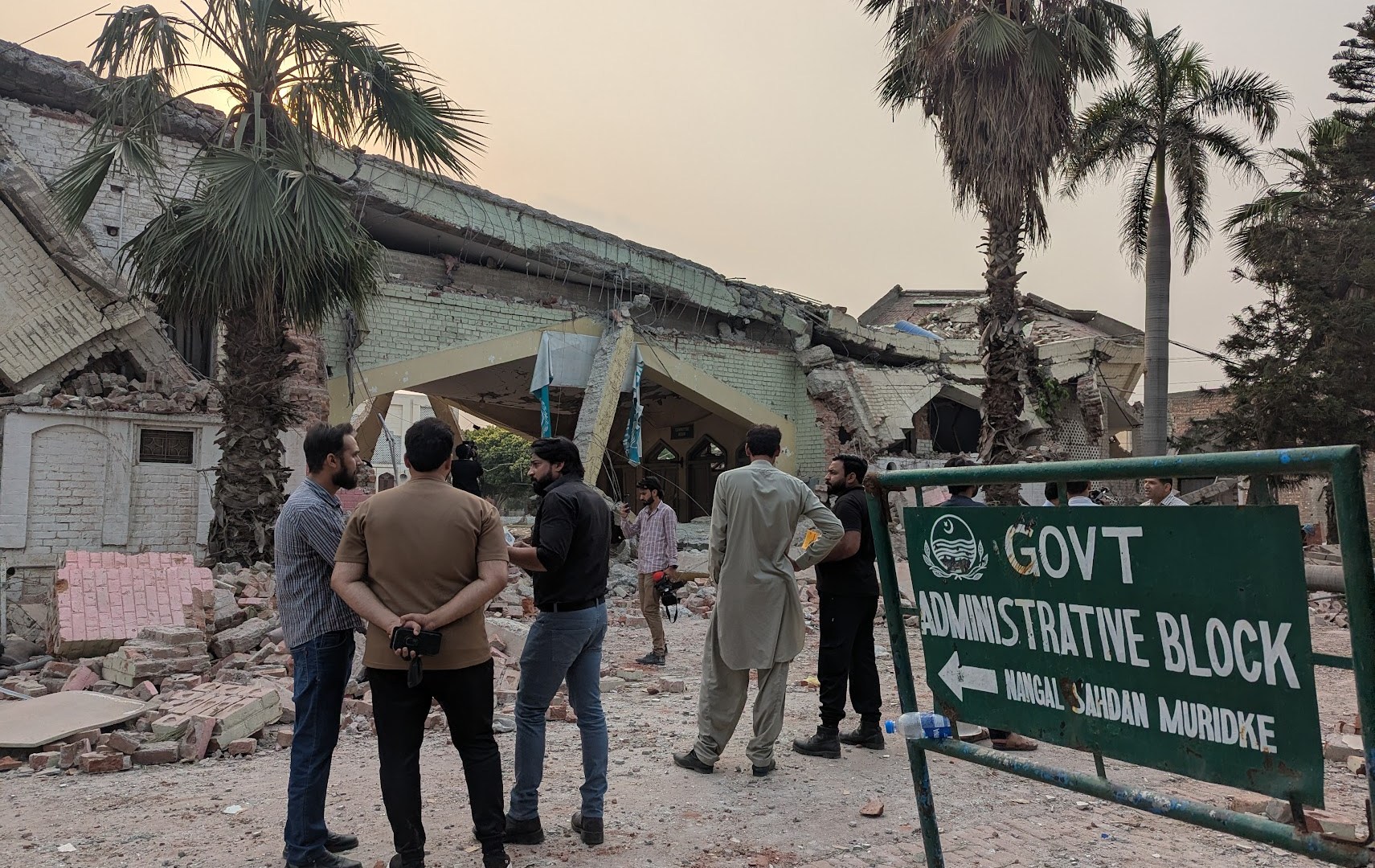
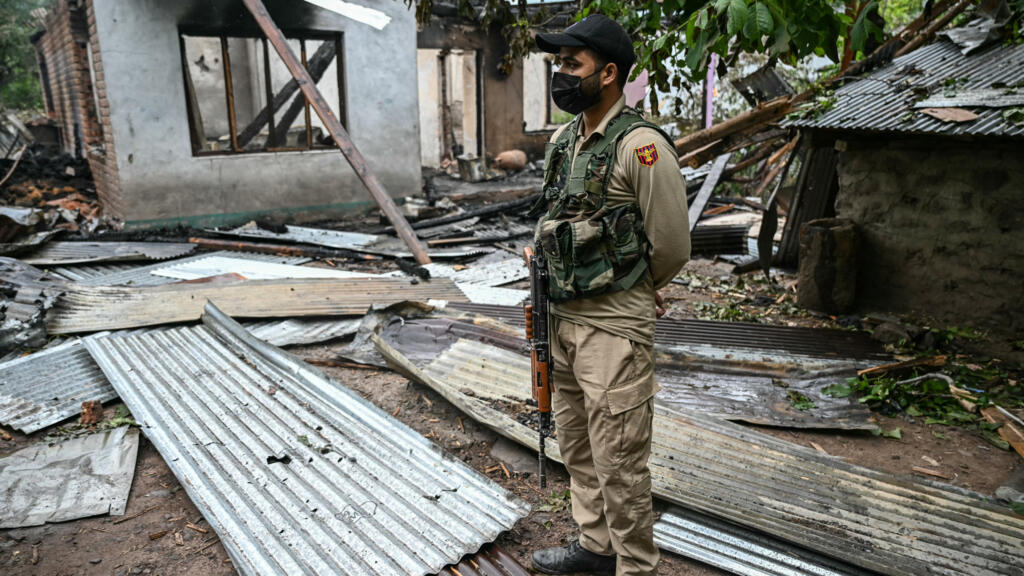

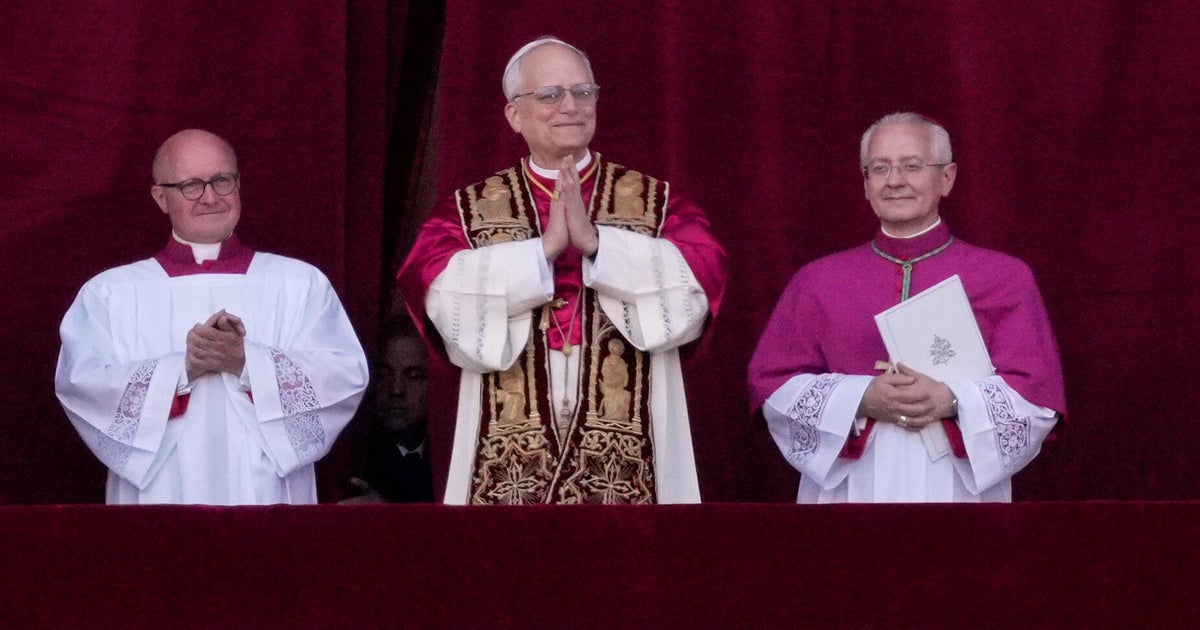




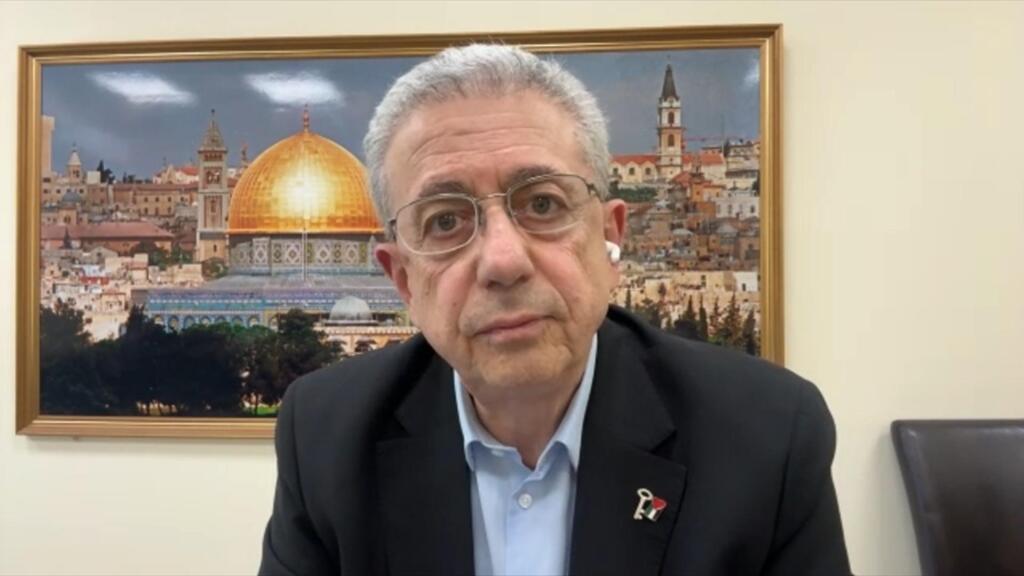
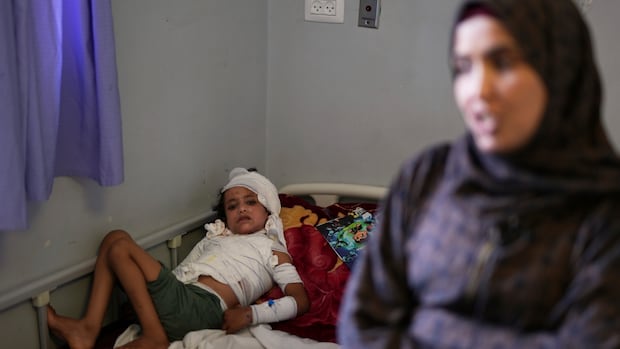
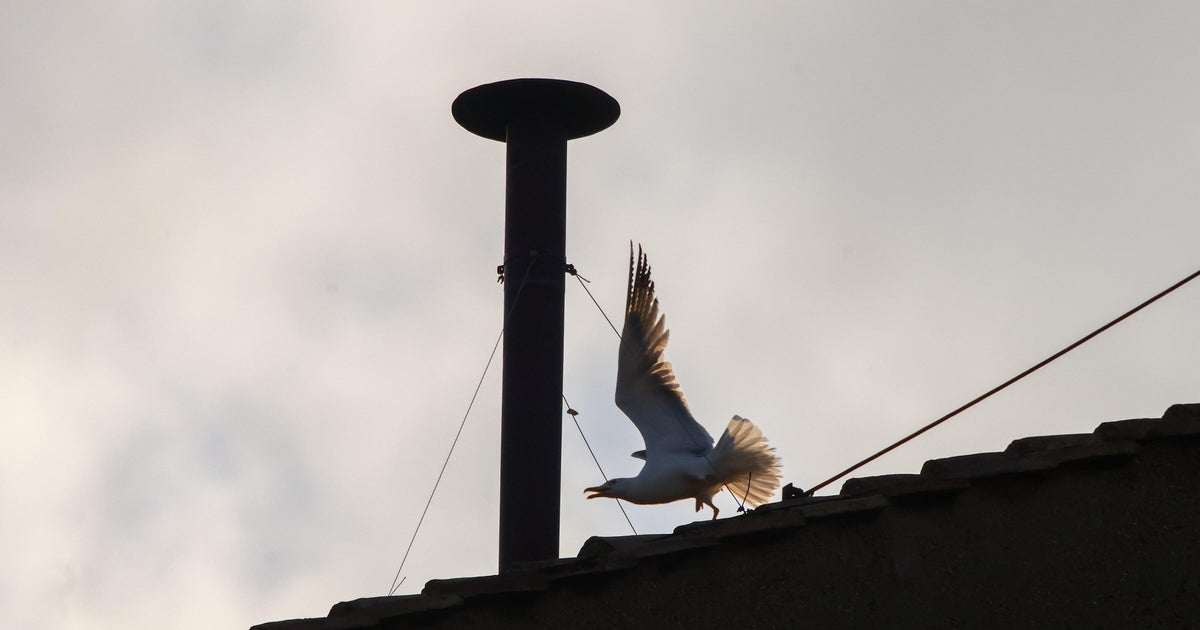

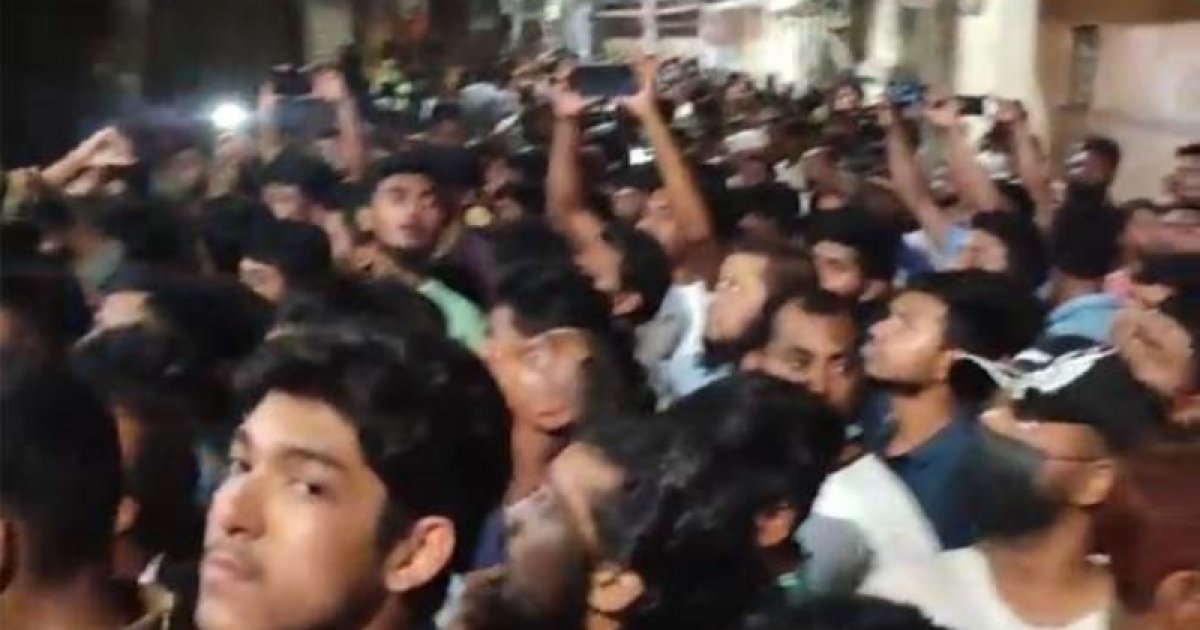

Leave a Reply